A lot of SAAS have the potential to grow into a successful business. But it requires a strong marketing strategy and automation is the key to success. This article will help you get your first customer and how to use marketing automation for SAAS, including best practices and mistakes to avoid
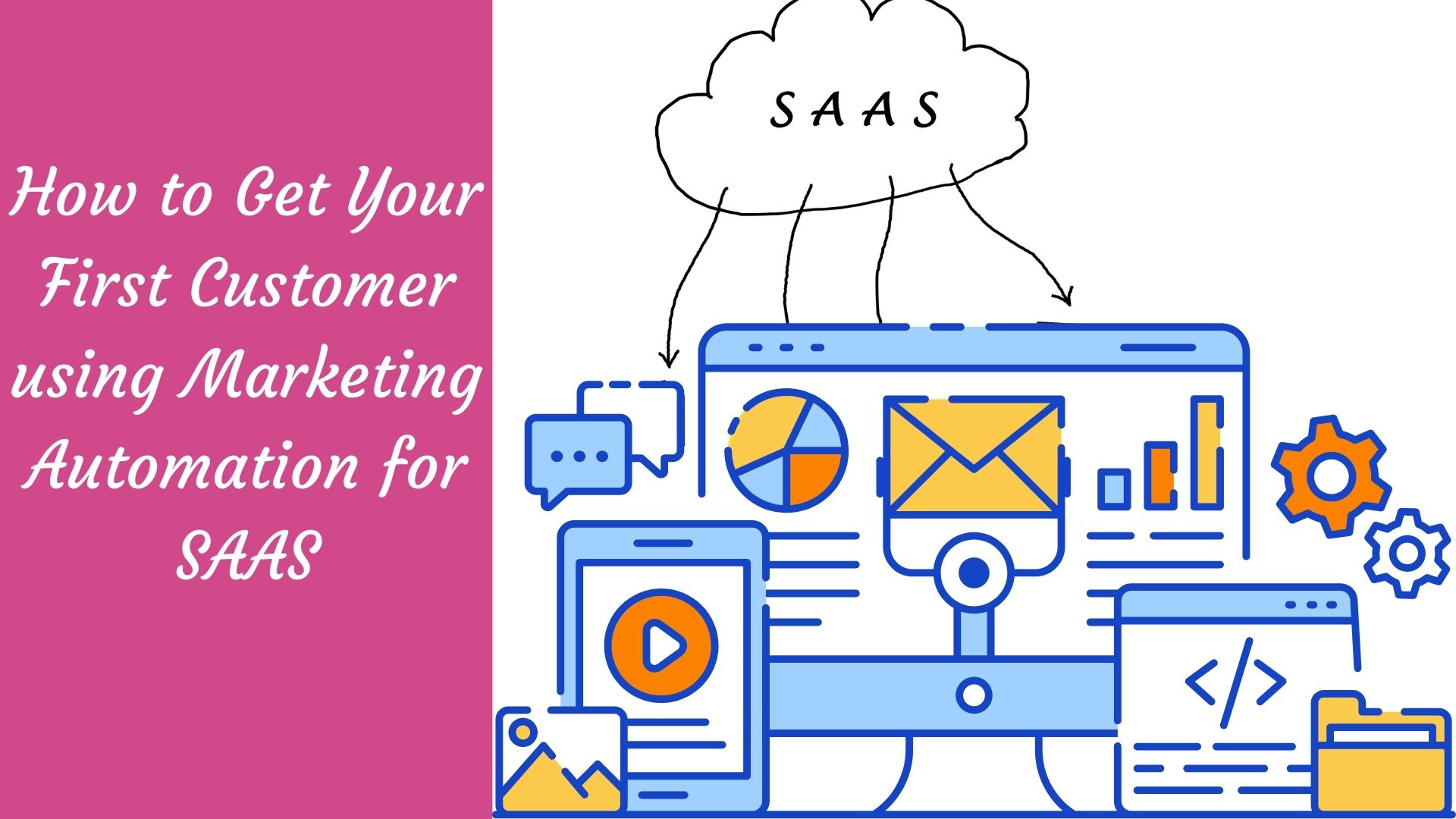
Marketing automation is the use of software to automate repetitive tasks, such as sending email campaigns and social media posts. It's Marketing automation can be used to automate the entire marketing process, including email campaigns and social media posts.
It helps you get your first customer by automating repetitive tasks that are tedious or time-consuming (such as creating a new lead form). It also allows you to test different offers before sending mass emails. Finally, it saves money because it reduces manual work and increases productivity.
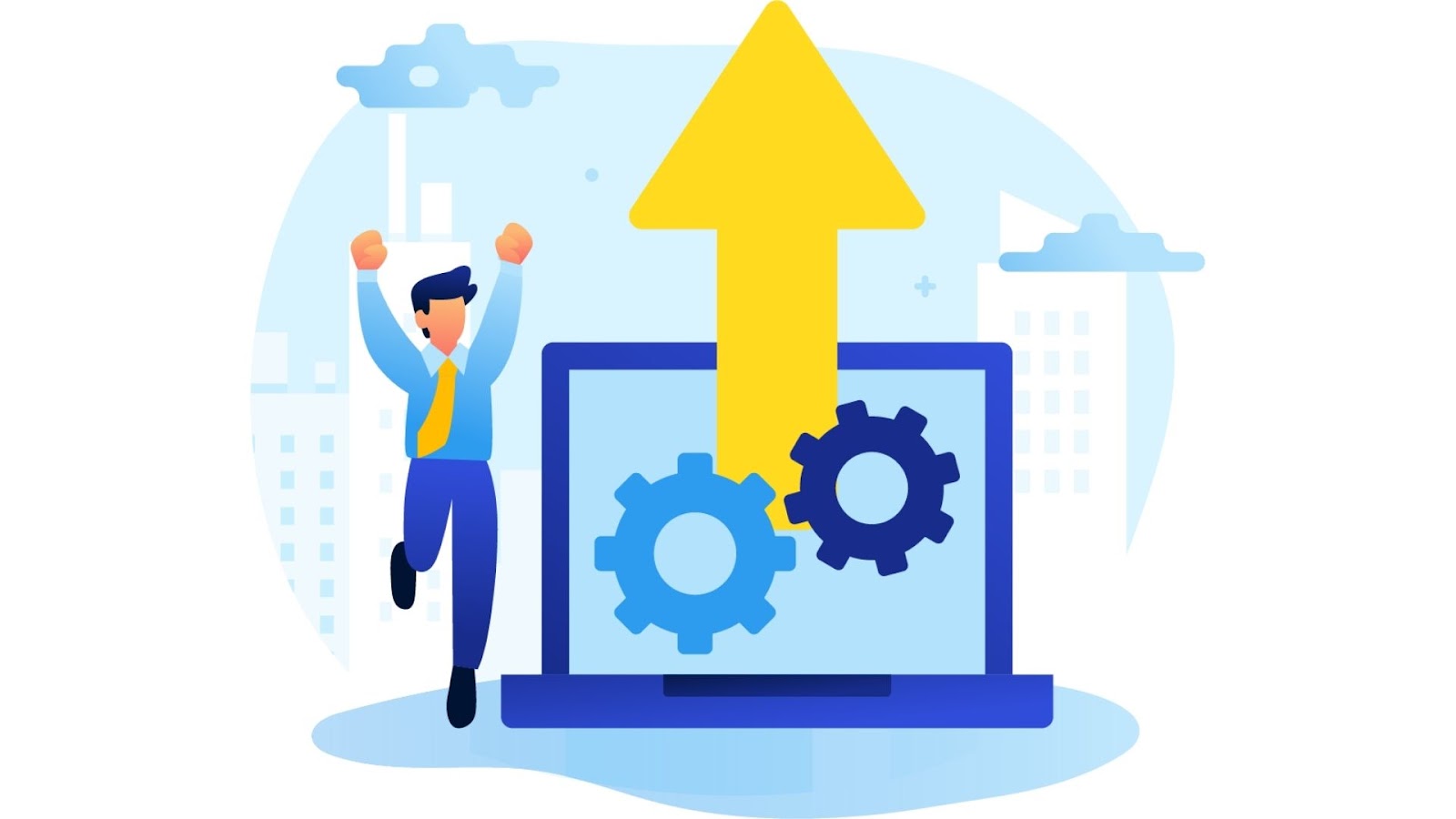
To start your business you need customers or clients who will pay for your services or products in exchange for some benefits they receive from them (e.g., reduced cost). The key here is getting those buyers interested in what you're offering so they can be convinced with the benefits it brings them. To get your first customer, you need to create a lead form that captures the information of potential customers and send it via email. You can use tools such as Infusionsoft or Marketo for this purpose.
You also want to make sure you have an effective marketing automation system in place so that every time someone fills out your lead form, they're automatically sent an automated email campaign with different offers based on their interests (e.g., discounts if they buy now).
Finally, don't forget about social media engagement because most buyers are more likely to purchase from people who follow them on social media channels.
How can I start my own marketing automation for SaaS systems?
You need to do the following:
1) Build a lead form that captures information about your potential customers and sends it via email.
2) Create an automated campaign with different offers based on their interests (e.g., discounts if they buy now).
3) Social media engagement is also important for getting new leads because most buyers are more likely to purchase from people who follow them on social media channels, such as LinkedIn or Facebook .
4) Automate repetitive tasks so you don't have to spend time on them (e.g., sending out emails).
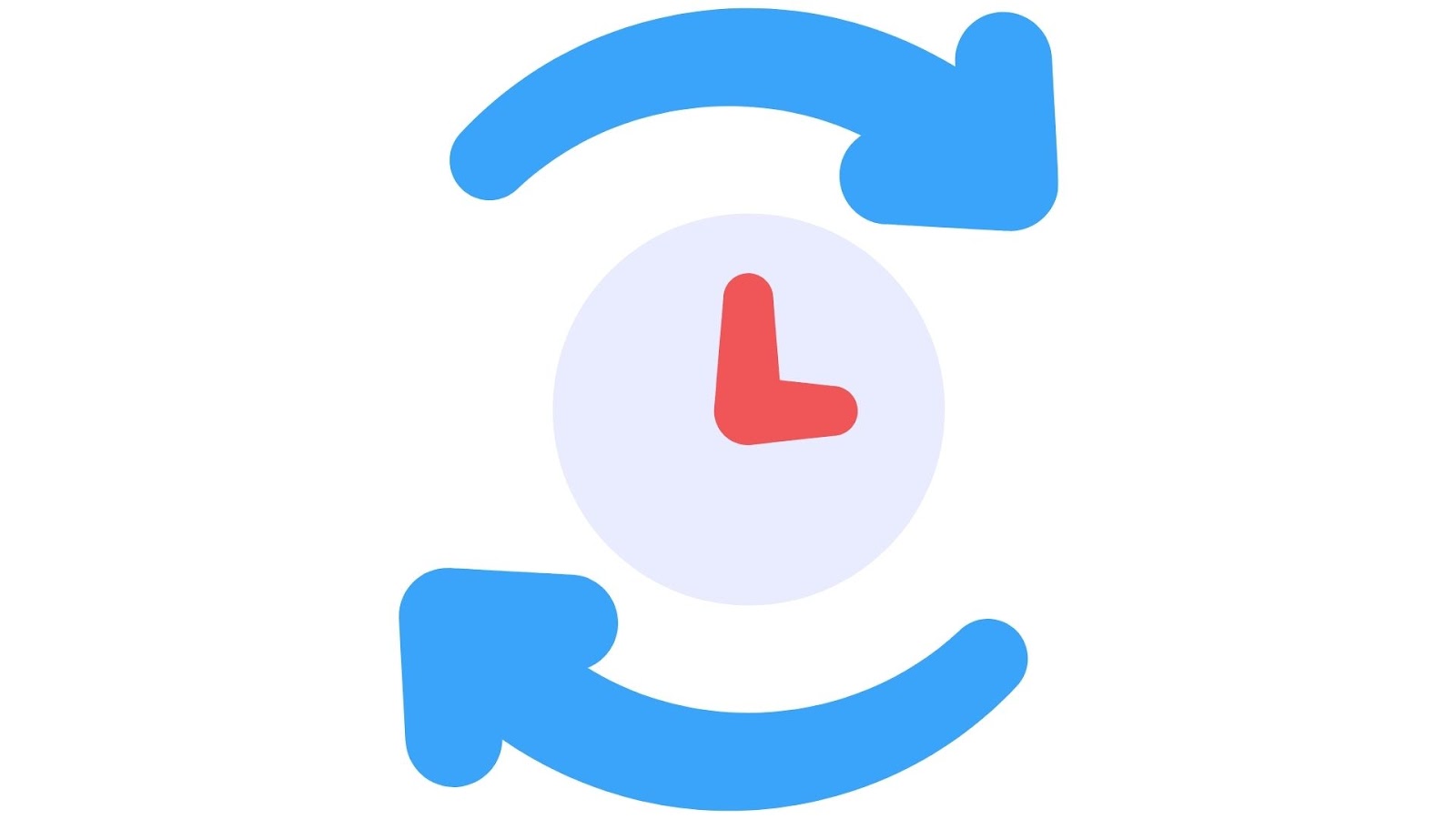
Are there any other tools I can use?
Yes, you also need a CRM tool to track and manage your leads so that you know what they are interested in and where they're located. There are many free options such as Infusionsoft , Marketo or Leadpages . The main advantage of these is that it's easy for anyone with basic knowledge of HTML coding to create landing pages without technical skills required by most paid solutions like Hubspot Salesforce Marketing Cloud.
Emails are an important part of contextual onboarding – from welcome emails, reminder emails about completing key activation points, to emails aimed at conversion. Email automation in SaaS is also essential to re-activate slipping away (or disengaged) users you’ve not seen for a while in your product. Here are the best marketing automation for SaaS tools for Email:
1) Infusionsoft – $24/month or $99/year (free trial available). Infusionsoft is a powerful email marketing tool that allows you to create, send and track emails in your own way. It's also one of the most popular solutions because it includes all features needed by businesses from different industries such as healthcare, education and software development. You can easily integrate with other services like Dropbox , Google Drive , Slack , MailChimp etc., so that users don't need to re-enter their email addresses each time they sign up. There are also more advanced features like segmenting your emails to specific users, custom templates and the ability to create automated responses based on triggers (e.g., when a user clicks an unsubscribe link in a message).
2) MailChimp – $15/month or $150/year (free trial available). Mailchimp is another powerful marketing automation tool that allows you to send emails with different types of content such as images, videos, links and even forms! It's also one of the most popular solutions because it includes all features needed by businesses from different industries such as healthcare, education and software development. It also allows you to easily integrate with other services like Dropbox, Google Drive, Slack and more!
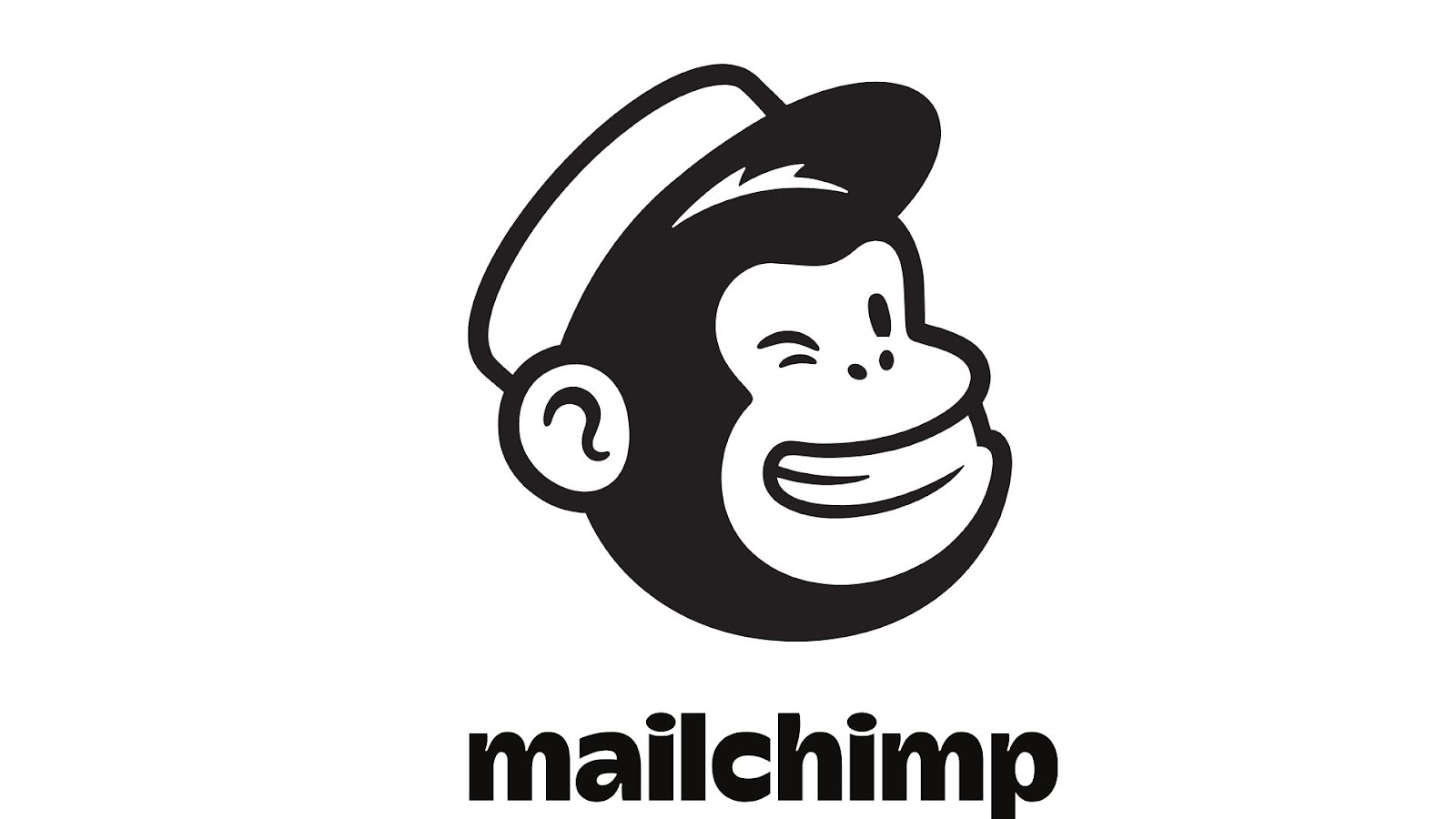
3) ActiveCampaign – $19/month or $199/year (free trial available). Active Campaign is a SaaS email marketing tool which offers more than 125+ modern, responsive templates to choose from which makes it easier for non-technical users to launch their first campaign. It also allows you to easily integrate with other services like Dropbox, Google Drive and more!
4) SendGrid – $10/month or $100/year (free trial available). Sending emails is one of the most essential tasks for any business. And, sending your email from a browser is not very effective and time-consuming so it's important that you use an application which can send emails via SMTP protocol. This way, all recipients will be able to receive your mail no matter where they are in the world even if their inbox isn't set up properly yet. The best thing about SendGrid is that it has a free plan which allows you to send up to 10,000 emails per month! However, the paid plans start from $10/month and allow you to send an unlimited amount of emails.

5) Outreach.io – Outreach, as the name suggests, automates outbound activities for sales teams . It allows you to send automated email campaigns, create landing pages and run social media ads. However, it only has a free plan which limits the number of emails that can be sent per month to 10!
7) Aweber – $15/month or $150/year (free trial available). Aweber is a SaaS email marketing tool which allows you to send automated emails, create and schedule autoresponder sequences in the form of templates, collect leads from your website using web forms and integrate with other services like Dropbox , Google Drive and more!
8) Hootsuite – Hootsuite is by far one of the most known social media schedulers. The tool features quite an impressive feature set to publish, share, monitor, and even analyze the performance of your social media advertising campaigns. It also has a free plan that allows you to schedule up to 20 social media profiles and monitor only 5 at the same time. However, if you want more features like scheduling multiple tweets in one go or sharing your content on Facebook , it's going to cost you $10/month (or $100/year) for each additional profile!
9) Zapier – Zapier is an automation tool which connects different apps together so they can work better together . It helps businesses automate their business processes by allowing them to create "zaps" between applications. Zapier also has a free plan which allows you to create up to 5 zaps. However, if you want more than that, it's going to cost $10/month (or $100/year).
10) Marketo – Marketo is an email marketing platform with the ability to send automated emails and manage campaigns and contacts , among other features. It offers paid plans starting from just $15 per month for up to 10 users or unlimited number of users as long as they are all on one account. The prices go down after that!
If you're a startup, it's important that your marketing is efficient because time is money. So I've created this list of the most common terms in marketing automation so you can easily understand what they mean:
1) Email Marketing Automation – The process by which an organization collects and uses information about its customers to send them targeted messages through email or other communication channels such as SMS (text messaging). It also includes any tools used for sending emails such as web applications like MailChimp and Hootsuite .
2) Lead Nurturing – This refers to the process of gathering and nurturing leads – the people who will become customers. This includes collecting email addresses, following up with them on a regular basis to build trust, educating them about your business and providing value in exchange for their information.
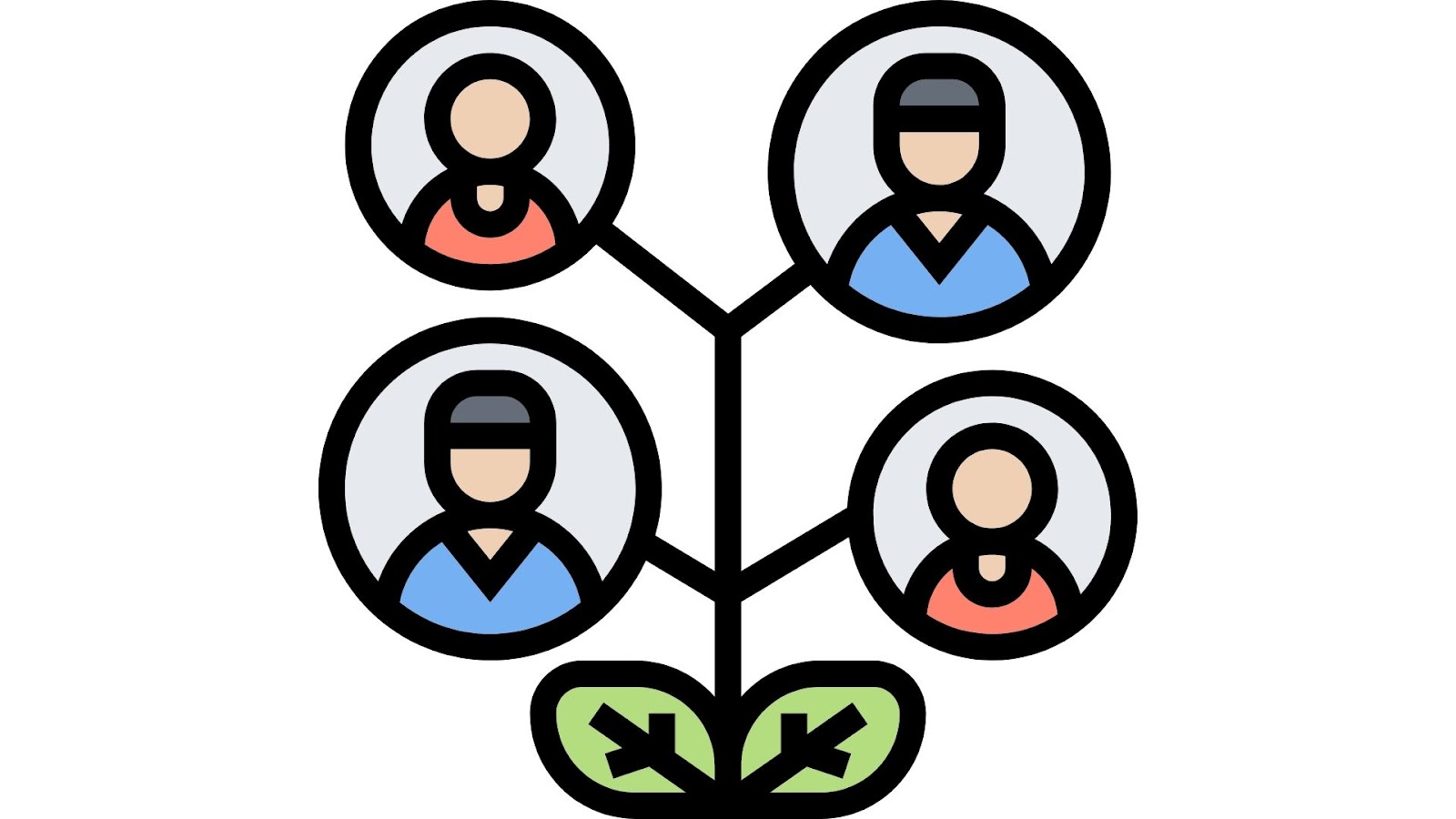
3) Lead Magnet – A downloadable piece of content that you offer as an incentive or bonus for signing up to receive more emails from you (e.g., ebook). It can also be something like a free report which gives value only if they sign-up before it expires!
4) Automation Framework - The process by which marketing automation software collects data through one or more channels, such as email or web forms, and then uses that information to send targeted messages.
5) Lead Nurturing Tool - The software used for lead nurturing which helps you create follow up sequences of emails in order to nurture your leads and turn them into customers. It could be a CRM like HubSpot , Marketo or Salesforce and can also include other tools like MailChimp .
6) Social Media Automation – This is the process by which marketing automation software collects data from social media sites (such as Facebook ) and uses it to personalize content for your customers and grow the size of your social media following.
Workflow or just Flow is what is usually referred to as the actual marketing automation flow you create in your marketing automation platform.
A flow has at least one Trigger and one Action. A trigger is the event that causes a series of automated emails to be sent. An action is what you want to happen when your email sequence completes.
There are many different types of triggers, such as:
1) Email - An email is a message that you send to your customers.
2) Web Form - A web form is an HTML page that can be filled out from the browser of a customer and then submitted back to your website via AJAX or PHP scripts. This allows you to collect data about who fills it out, what time they fill it in and where they are coming from (e.g., IP address).
3) Phone Call - The process by which marketing automation software collects information through phone calls made on behalf of prospects into contact centers like Salesforce. This allows you to record and track the results of phone calls made into your sales pipeline.
4) Event - A trigger that occurs when a customer clicks on an event in their CRM or marketing automation software like HubSpot. This allows you to create sequences of emails based on events from your customers' systems (e.g., click-to-open, email templates).
5) Social Media - An action triggered by social media interactions with prospects such as Facebook likes and comments, Twitter shares and LinkedIn connections. You can also use this for follow up sequences that are triggered through webinars where you ask your prospects to like and share the webinar page.
6) Browser - A browser action is triggered by a prospect visiting your website from their IP address or through an email link on a blog post, article or other piece of content they have read online. This allows you to create sequences based on what pages are visited in order for them to be interested in buying from you (e.g., landing page).
7) Device - Similar to browser actions but it's triggered when someone visits your website using certain devices such as mobile phones, tablets or desktop computers depending upon how many devices you have in your campaign. You can also create sequences based on the devices that are used to access your website (e.g., mobile phones, tablets or desktop computers).
Marketing automation is a powerful tool for startups to improve sales and customer acquisition. It's important that you start with the basics of creating sequences, triggering actions and adding contacts in your marketing automation software like HubSpot so that you can learn how it works before diving into more advanced features such as social media campaigns or email templates.